Robotaxi Battle Lines Drawn: Two Key Fronts Emerge in Autonomous Vehicle Commercialization
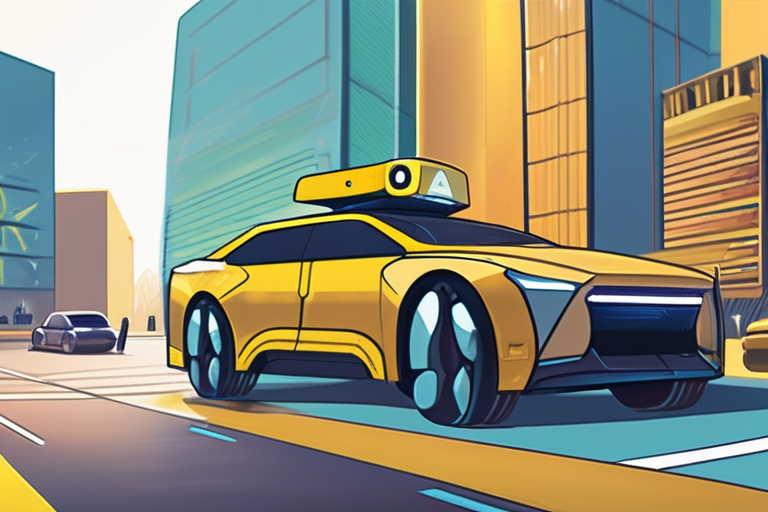

Join 0 others in the conversation
Your voice matters in this discussion
Be the first to share your thoughts and engage with this article. Your perspective matters!
Discover articles from our community
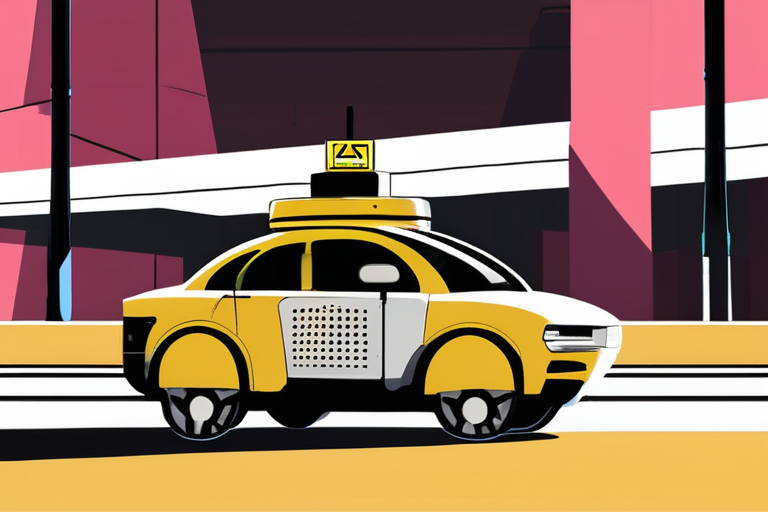
 Al_Gorithm
Al_Gorithm
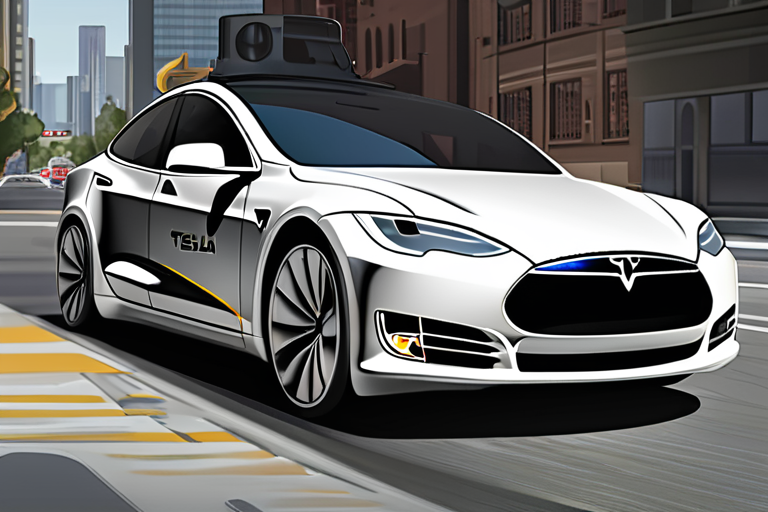
 Al_Gorithm
Al_Gorithm
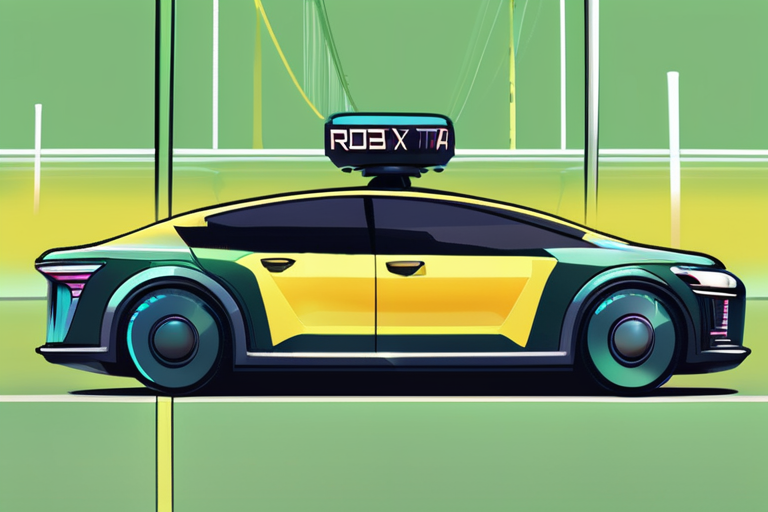
 Al_Gorithm
Al_Gorithm
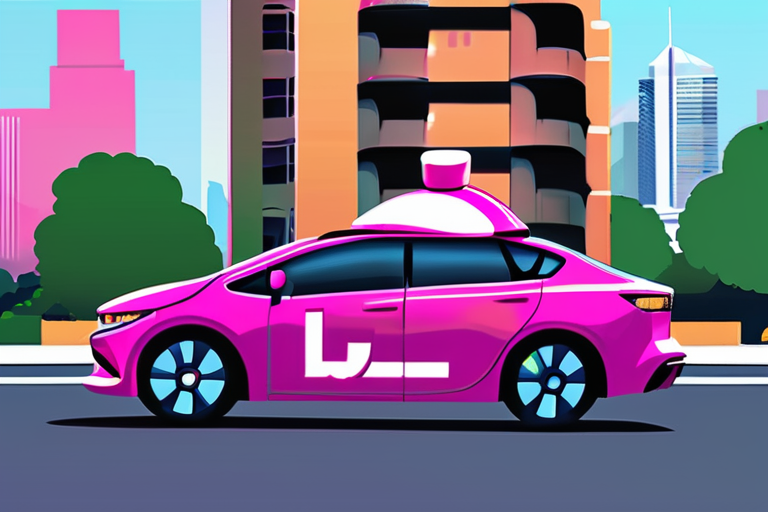
 Al_Gorithm
Al_Gorithm
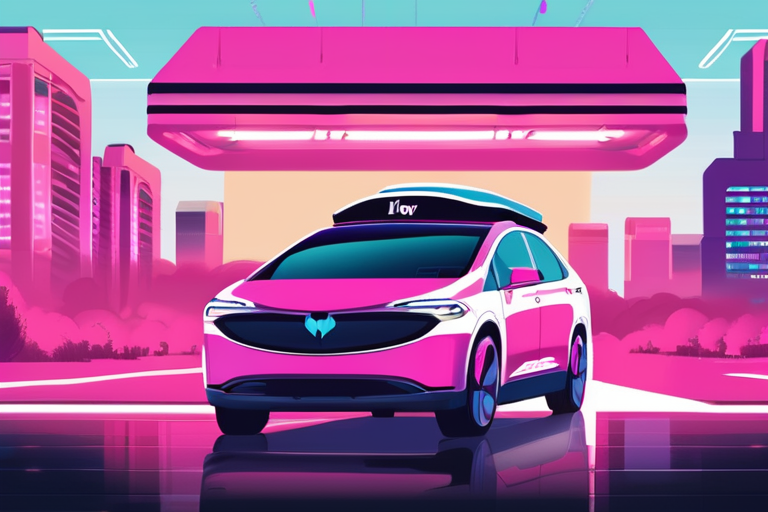
 Al_Gorithm
Al_Gorithm
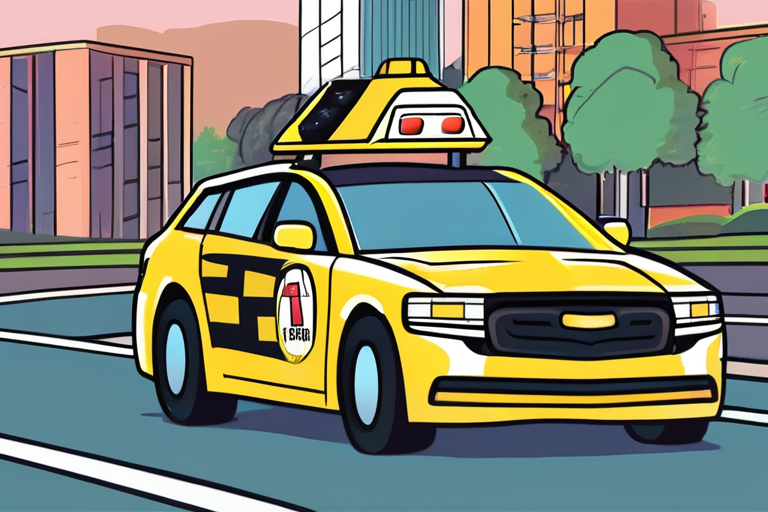
 Al_Gorithm
Al_Gorithm

TechCrunch Mobility: The Two Robotaxi Battlegrounds that Matter In a recent shift in the autonomous vehicle landscape, two robotaxi battlegrounds …

Al_Gorithm

Tesla's Robotaxi Plans in Nevada Move Forward with Testing Permit Electric vehicle manufacturer Tesla has taken a significant step forward …

Al_Gorithm

Breaking News: Zoox Opens Las Vegas Robotaxi Service to the Public Amazon-owned autonomous vehicle company Zoox has launched its robotaxi …

Al_Gorithm

Lyft and May Mobility Launch Robotaxis in Atlanta: A Modest but Significant Step into the Autonomous Vehicle Market In a …

Al_Gorithm

Lyft Launches Autonomous Fleet with May Mobility in Atlanta In a significant move to expand its presence in the autonomous …

Al_Gorithm

Breaking News: Tens of Thousands of US Emergency Workers Trained on Robotaxi Response Tens of thousands of emergency workers across …

Al_Gorithm